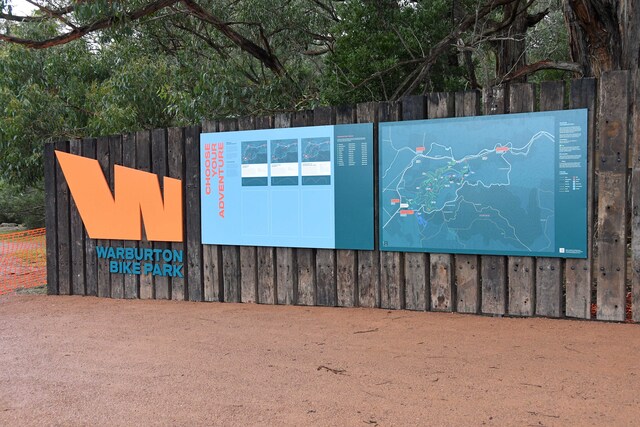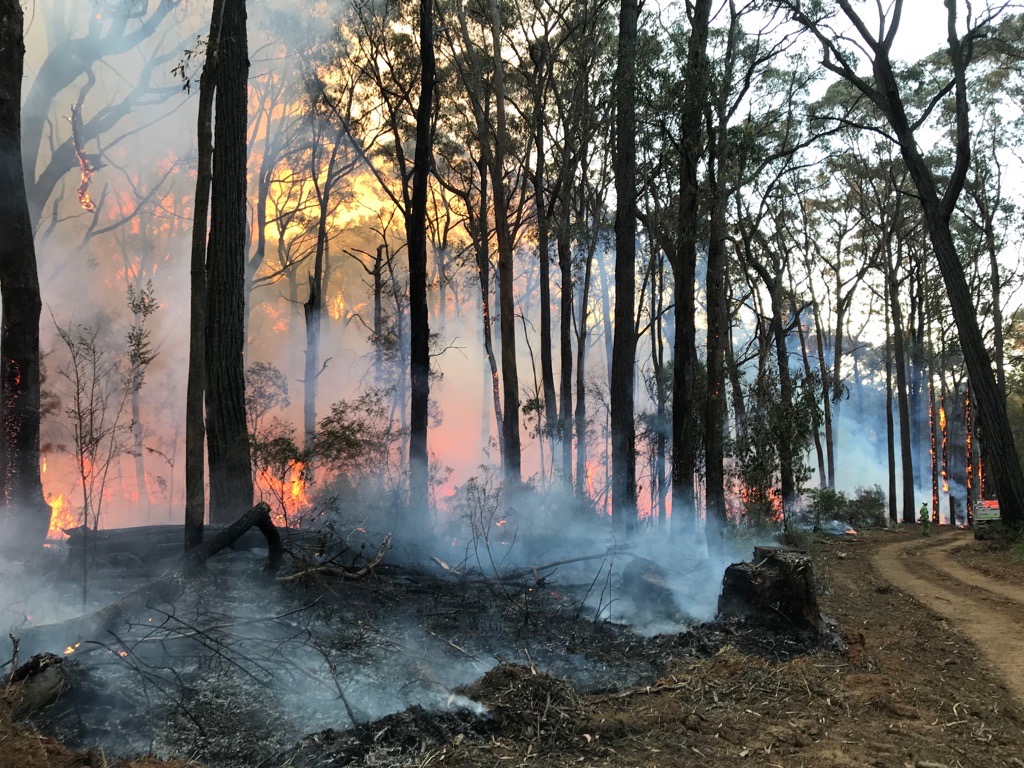A ‘landmark’ tax ruling from the Australian Taxation Office (ATO) is set to bring a big benefit for redundant native forestry workers.
The Victorian Government this week welcomed the ATO’s ruling on tax treatment for forestry workers receiving redundancy payments, highlighting that recipients of the Top-Up Payment provided as part of the Victorian Forestry Worker Support Program can be classed as a genuine redundancy and benefit from tax-free and concessional rates.
It will also extend tax-free and concessional treatment to casual, piece-rate, and seasonal employees.
“We advocated for this landmark decision, which is making sure our native timber workers can access the full amount of the Government’s Top-Up Payments and get the financial support they need,” Minister for Agriculture Ros Spence said.
“We continue to support native timber workers throughout the forestry transition and help communities plan for the future.”
187 workers have received Top-Up payments and forestry workers made redundant due to the transition away from native timber harvesting are encouraged to take the ruling to their accountant where it can be applied to the current and previous financial years.
The ruling can be viewed in full at the following link, where it also explains how tax will be applied to other forestry support payments such as the Relocation Reimbursement Payments and Hardship Payments:
ato.gov.au/law/view/document?docid=CLR/CR202471/NAT/ATO/00001.
General Manager of the Australian Forest Contractors Association (AFCA) Tim Lester said the ruling is good and it was good work by the Department of Energy, Environment and Climate Action (DEECA) for progressing this.
“It is an important step because the workers whose lives have been turned upside down because they’ve lost their jobs, they’ve been made redundant, were then facing quite a substantial tax hit potentially so this will ease some of that pressure,” he said.
“[On the fact it can be back-applied] That recognises that this issue has been running for a long time so to have the tax office recognise that is really important, we are talking about an extensive period of disruption,”
“The workers’ support programme itself has been running for about 18 months now and I think runs through to 2028 so to have full coverage is really important.”
The Worker Support Program for eligible native timber workers actually currently concludes on 30 June 2026.
Mr Lester said for the businesses, workers and communities involved, the transition from native timber harvesting continues to be a really significant change.
“It actually affects everything down to their core identity about who they are, what they’ve done, what their history is, what their family is, all of that has sort of been thrown up in the air and there’s been a lot of uncertainty around what comes next.,” he said.
“In places like Orbost or Swifts Creek or Heyfield, it’s not like there are a huge number of other options immediately available for people to move into, the thing about forestry in general, and particularly managed native forests, is these are very high-quality jobs, secure, stable and sustainable jobs which you can build communities on and around,”
“The changeover that we’re actually making will take a long time, it will take decades for these communities to actually respond and recover, so the worker support, for as long as it continues, is really important in that context.”
Mr Lester also warned that the ATO tax ruling may not apply to independent contractors who worked alongside the forestry industry, but advised any forestry or forestry-adjacent worker made redundant to seek professional financial advice about what applies to them.
The Victorian Government also this week announced Round Two of the Forestry Transition Fund grants program where eligible business and industry groups in townships and communities affected by the end of native timber harvesting can apply for grants up to $1 million to ‘expand, diversify or start new businesses’. Chambers of commerce, peak bodies and business networks, local councils and incorporated not-for-profits that operate as businesses in these communities can also be considered for the grants.
Mr Lester said his view is that workers have been well supported, but there are ongoing issues regarding the impact on businesses.
“If you’re an employee, you have been well supported through the redundancy top-up, the access to training, and the support arrangements that are put around that but certainly for forestry operations and forestry contracting businesses, there has been no recognition actually of the loss of their investment and there is no recognition of loss of future income,” he said.
“We had the government agency actively and directly encouraging and facilitating investment by individuals, private individuals and private businesses into those activities right up until the point where the government made this decision,”
“There has been nothing in these packages for businesses in terms of that income recognition lost out to 2030, which was the government position, there’s been nothing in the packages for loss of investment into people’s businesses, we’re talking small businesses here not multi-nationals or even mid-sized businesses, small family businesses.”
Round One of the Forestry Transition Fund grants program distributed more than $2.4 million across 30 applications for new projects while transitioning businesses can also access a $20,000 Transitioning Timber Worker Employment Incentive Payment for each former native timber worker employed for a new project.
Mr Lester said some of the signs from the transition have been great but there are still very many questions for many people and businesses about what’s next.
“I will note that for harvesting contractors that they have been offered, and many of them have taken up, forest and fire services work which is great because it’s acknowledging that the forest still needs to be managed,” he said.
“We still have issues around floating equipment, truck drivers, subcontractors, some of the ancillary work, the seed collectors, community forest operators and what happens to these other people,”
“One thing about the forestry industry is they’re very resilient and amazing people, so they will work hard at what’s next but a lot of this has been a kick in the teeth.”







